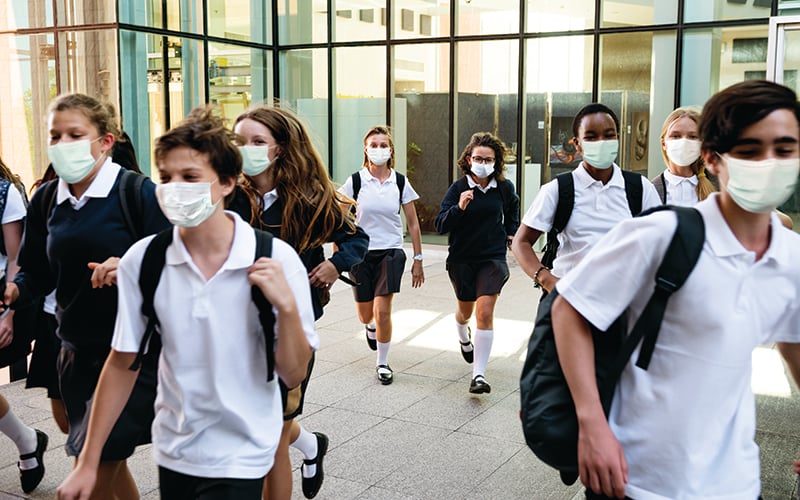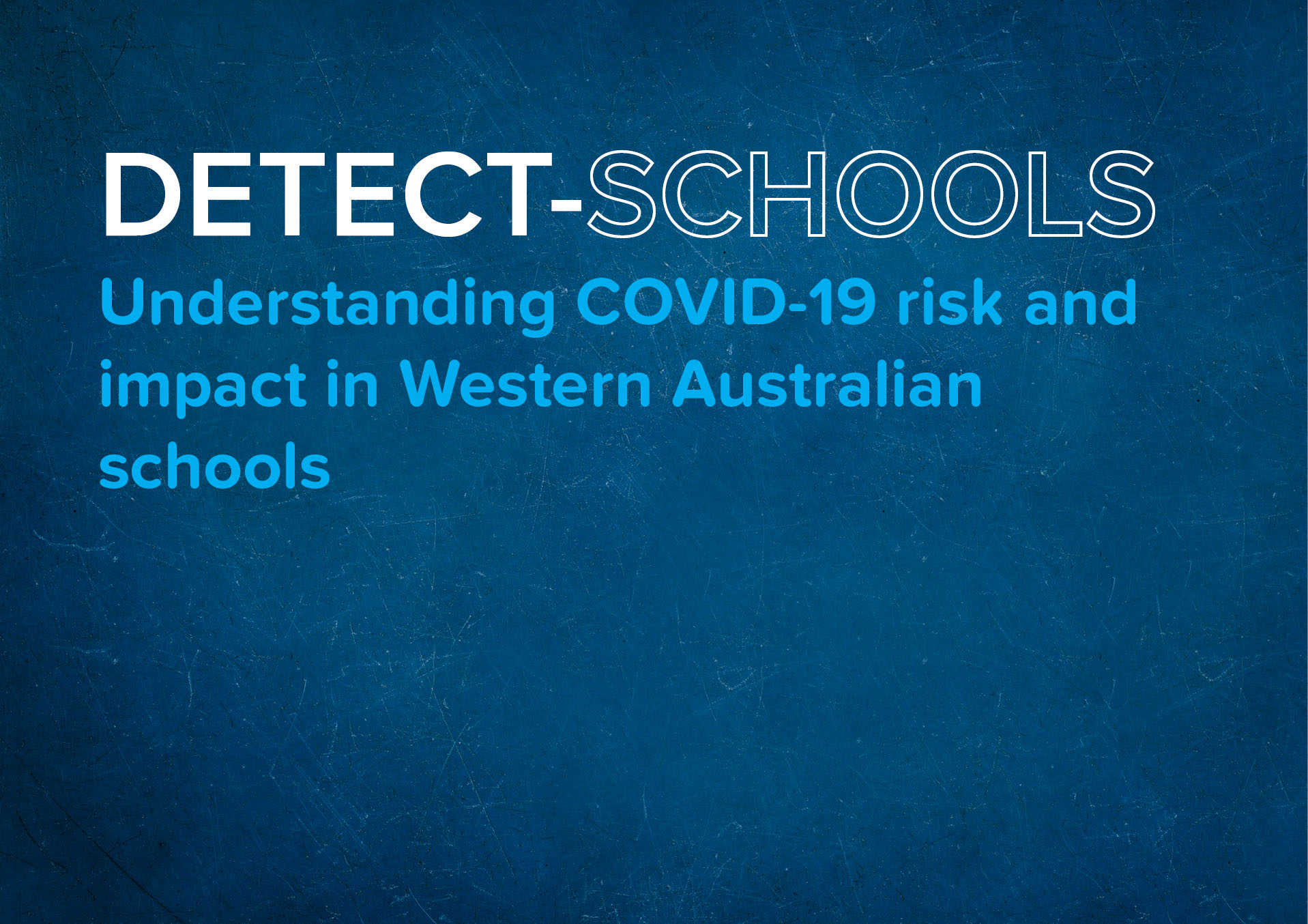
The Kids Research Institute Australia researchers went into 79 WA primary and secondary schools in 2020. They were looking for asymptomatic COVID-19 cases and also the impact COVID-19 was having on the mental health of children, their teachers and parents. They found increased levels of emotional distress among students and families.
As COVID-19 shut down the world almost overnight in early 2020, there were a lot of unknowns. The Kids Research Institute Australia was asked by the State Government to conduct non-invasive swabbing of WA schoolchildren to make sure there were no asymptomatic cases of the virus lurking in the community, and to look at the mental health of students, teachers and parents.
In total, 13,988 swabs were collected by the DETECT schools program, finding no cases of the virus in our schools.
At the same time, the Institute conducted wellbeing surveys in 79 WA schools. The first cycle of surveys in June/July 2020 involved 24,003 primary and secondary students, 1,202 school staff and 3,463 parents. A second cycle of surveys was undertaken in October 2020 with 18,008 students, 862 staff and 2291 parents.
Just over half of the students surveyed reported that COVID-19 had little or no negative impact on their lives, while 65 per cent said they felt ‘confident’ about their future.
Of most concern, an emotional distress scale in the study revealed that the rate of emotional distress among secondary school students (38%) has nearly tripled since the last benchmark survey in 2014 (14%). It’s not known how much of this is attributable to COVID-19. The rise aligns with a significant increase in demand on mental health services during that six-year period and is in keeping with increased rates of emotional distress amongst young people also seen in other states.
Most parents responded that they felt equipped and supported to manage their child’s learning at home but were short of time. Communication between schools, teachers and parents was rated highly. Despite clear challenges, most staff reported feeling supported professionally and physically safe in the school environment.
Forty-five per cent of school staff felt the pandemic had impacted negatively on their students in June/July of 2020, dropping to 37 per cent by October.
The Kids Research Institute Australia epidemiologist and the Kerry M Stokes Chair of Child Health at The Kids and Curtin University, Professor Pete Gething, said the results could point to a level of ‘background emotional distress’ that had been flying under the radar since the 2014 survey.

“It may well be exacerbated by the pandemic, but we cannot say for sure whether the pandemic has caused this distress.
“Other indicators show there has been an overall increase in youth mental health problems in recent years, so these findings really pose a bigger challenge for the community to determine the real extent of emotional distress among our children.”
DETECT Schools

The DETECT Schools Study conducted three rounds of SARS-CoV-2 testing in public schools across Western Australia while also analysing the psychosocial and wellbeing of students.
You can read the full report online here.
